
метафора стилистика прагматика / MEDIA DISCOURSE
.pdf
The Handbook of
Discourse Analysis
Edited by
Deborah Schiffrinf Deborah Tannenf
and Heidi E. Hamilton
l]BLACl<WELL
Publishers
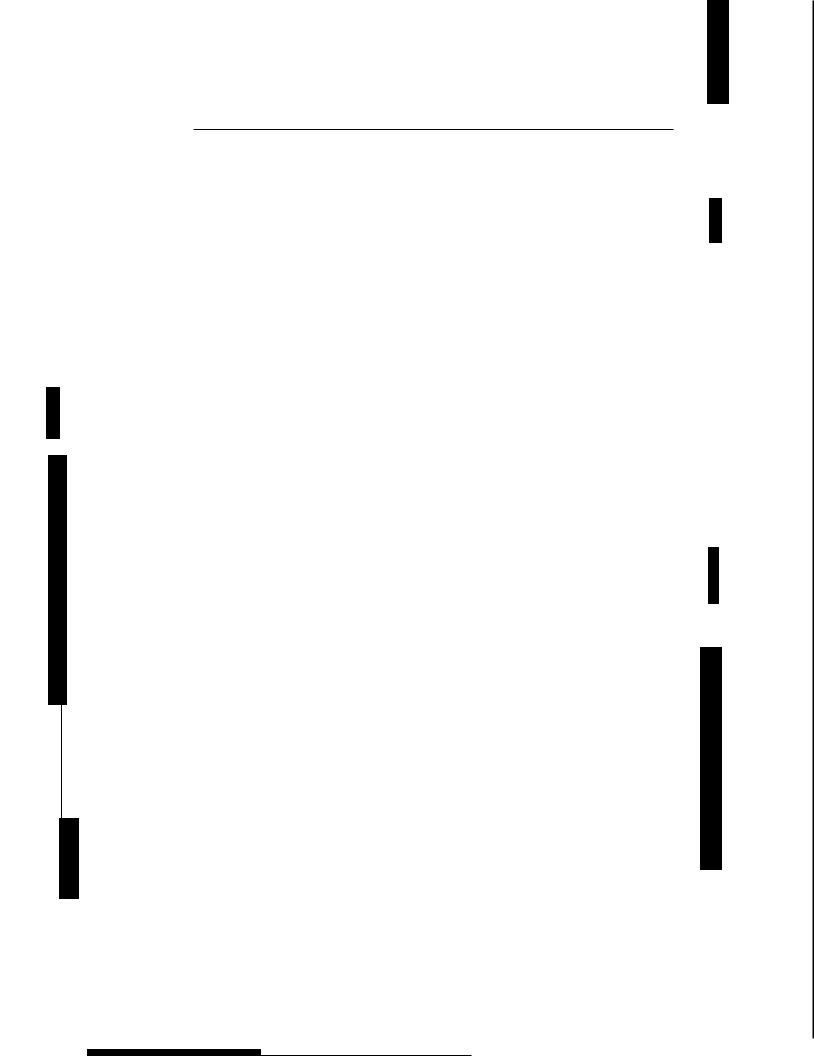
18 Critical Discourse Analysis
TEUN A. VAN DIJK
0 Introduction: What Is Critical Discourse Analysis?
Critical discourse analysis (CDA) is a type of discourse analytical research that prim- |
|
|
arily studies the way social power abuse, dominance, and inequality are enacted, |
|
|
reproduced, and resisted by text and talk in the social and political context. With |
|
|
such dissident research, critical discourse analysts take explicit position, and thus |
|
|
want to understand, expose, and ultimately resist social inequality. |
|
|
Some of the tenets of CDA can already be found in the critical theory of the |
|
|
Frankfurt School before the Second World War (Agger 1992b; Rasmussen 1996). Its |
|
|
current focus on language and discourse was initiated with the "critical linguistics" |
|
|
that emerged (mostly in the UK and Australia) at the end of the 1970s (Fowler et al. |
|
|
1979; see also Mey 1985). CDA has also counterparts in "critical" developments in |
w |
|
sociolinguistics, psychology, and the social sciences, some already dating back to the |
||
early 1970s (Birnbaum 1971; Calhoun 1995; Fay 1987; Fox and Prilleltensky 1997; |
sy |
|
Hymes 1972; Ibanez and Iftiguez 1997; Singh 1996; Thomas 1993; Turkel 1996; Wodak |
mo |
|
1996). As is the case in these neighboring disciplines, CDA may be seen as a reaction |
air |
|
against the dominant formal (often "asocial" or "uncritical") paradigms of the 1960s |
Cc |
|
and 1970s. |
19'. |
|
CDA is not so much a direction, school, or specialization next to the many other |
~' |
|
|
||
"approaches" in discourse studies. Rather, it aims to offer a different "mode" or |
|
|
"perspective" of theorizing, analysis, and application throughout the whole field. We |
1 |
|
may find a more or less critical perspective in such diverse areas as pragmatics, |
||
|
||
conversation analysis, narrative analysis, rhetoric, stylistics, sociolinguistics, ethno- |
|
|
graphy, or media analysis, among others. |
Sim |
|
Crucial for critical discourse analysts is the explicit awareness of their role in soci- |
frar |
|
ety. Continuing a tradition that rejects the possibility of a "value-free'.' science, they |
the~ |
|
argue that science, and especially scholarly discourse, are inherently part of and |
tion |
|
influenced by social structure, and produced in social interaction. Instead of denying |
teac |
|
or ignoring such a relation between scholarship and society, they plead that such |
we |
|
relations be studied and accounted for in their own right, and that scholarly practices |
relat |
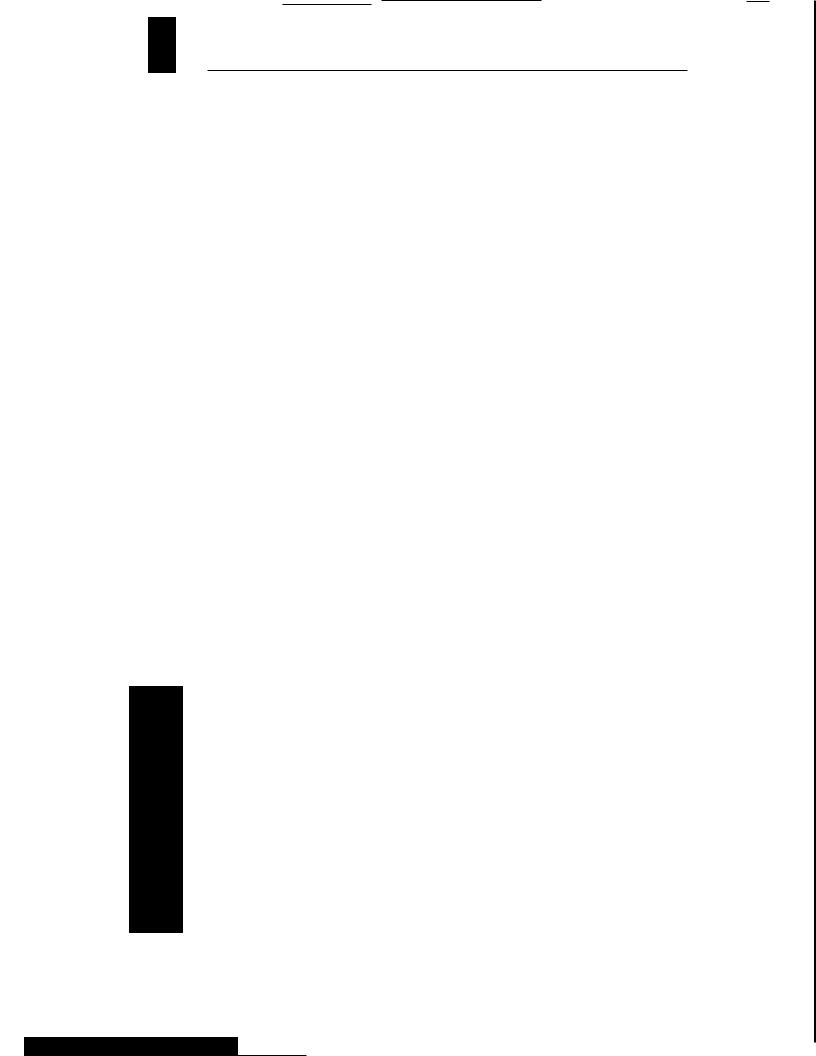
Critical Discourse Analysis 353
, ~.~ ~o.'..
~; be based on such insights. Theory formation, description, and explanation, also in discourse analysis, are sociopolitically "situated," whether we like it or not. Reflection on the role of scholars in society and the polity thus becomes an inherent part of the discourse analytical enterprise. This may mean, among other things, that discourse analysts conduct research in solidarity and cooperation with dominated groups.
Critical research on discourse needs to satisfy a number of requirements in order to effectively realize its aims:
•As is often the case for more marginal research traditions, CDA research has to be "better" than other research in order to be accepted.
•It focuses primarily on social problems and political issues, rather than on current paradigms and fashions.
•Empirically adequate critical analysis of social problems is usually multidisciplinary.
•Rather than merely describe discourse structures, it tries to explain them in terms of properties of social interaction and especially social structure.
•More specifically, CDA focuses on the ways discourse structures enact, confirm, legitimate, reproduce, or challenge relations of power and dominance in society.
Fairclough and Wodak (1997: 271-80) summarize the main tenets of CDA as follows:
1.CDA addresses social problems
2.Power relations are discursive
3.Discourse constitutes society and culture
4.Discourse does ideological work
5.Discourse is historical
6.The link between text and society is mediated
7.Discourse analysis is interpretative and explanatory
8.Discourse is a form of social action.
Whereas some of these tenets have also been discussed above, others need a more systematic theoretical analysis, of which we shall present some fragments here as a more or less general basis for the main principles of CDA (for details about these aims of critical discourse and language studies, see, e.g., Caldas-Coulthard and Coulthard 1996; Fairclough 1992a, 1995a; Fairclough and Wodak 1997; Fowler et al. 1979; van Dijk 1993b).
1 Conceptual and Theoretical Frameworks
Since CDA is not a specific direction of research, it does not have a unitary theoretical framework. Within the aims mentioned above, there are many types of CDA, and these may be theoretically and analytically quite diverse. Critical analysis of conversation is very different from an analysis of news reports in the press or of lessons and teaching at school. Yet, given the common perspective and the general aims of CDA, we may also find overall conceptual and theoretical frameworks that are closely related. As suggested, most kinds of CDA will ask questions about the way specific
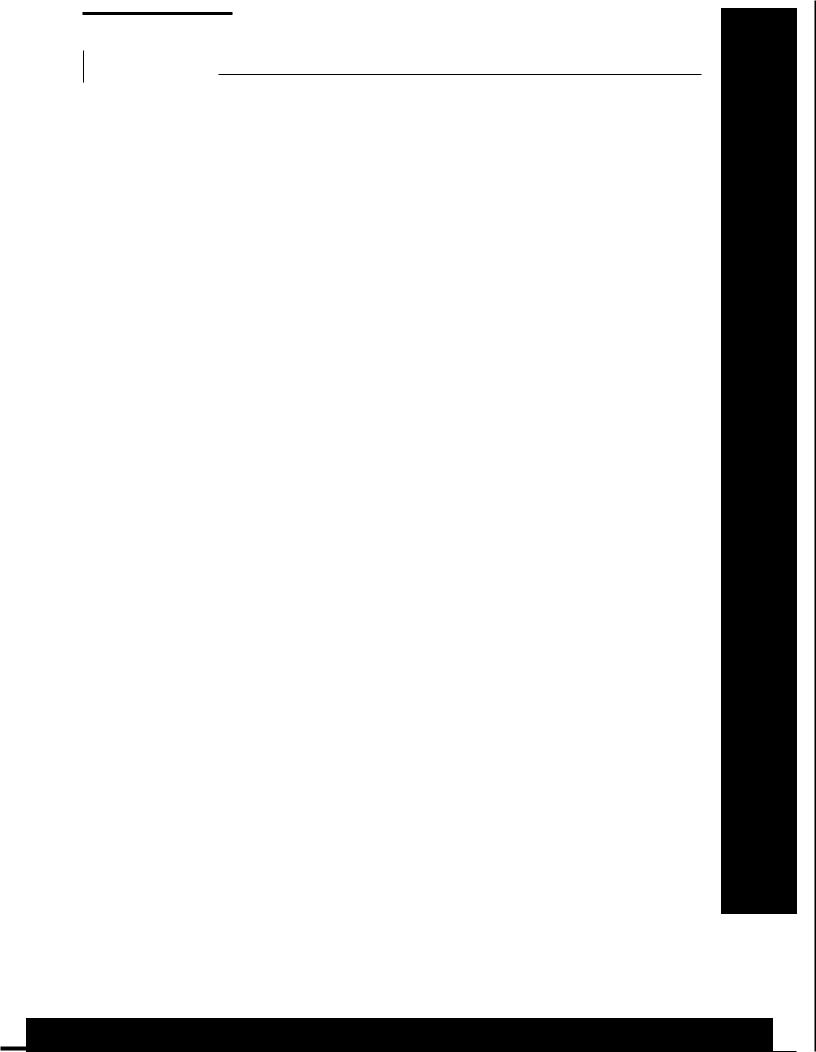
354 Teun A. van Dijk
discourse structures are deployed in the reproduction of social dominance, whether they are part of a conversation or a news report or other genres and contexts. Thus, the typical vocabulary of many scholars in CDA will feature such notions as "power," "dominance," "hegemony," "ideology," "class," "gender," "race," "discrimination," "interests," "reproduction," "institutions," "social structure," and "social order," besides the more familiar discourse analytical notions.1
In this section, I focus on a number of basic concepts themselves, and thus devise a theoretical framework that critically relates discourse, cognition, and society.
1.1 Macro vs. micro
Language use, discourse, verbal interaction, and communication belong to the microlevel of the social order. Power, dominance, and inequality between social groups are typically terms that belong to a macrolevel of analysis. This means that CDA has to theoretically bridge the well-known "gap" between micro and macro approaches, which is of course a distinction that is a sociological construct in its own right (Alexander et al. 1987; Knorr-Cetina and Cicourel 1981). In everyday interaction and experience the macroand microlevel (and intermediary "mesolevels") form one unified whole. For instance, a racist speech in parliament is a discourse at the microlevel of social interaction in the specific situation of a debate, but at the same time may enact or be a constituent part of legislation or the reproduction of racism at the macrolevel.
There are several ways to analyze and bridge these levels, and thus to arrive at a unified critical analysis: '
1Members-groups: Language users engage in discourse as members of (several) social groups, organizations, or institutions; and conversely, groups thus may act "by" their members.
2Actions-process: Social acts of individual actors are thus constituent parts of group actions and social processes, such as legislation, newsmaking, or the reproduction of racism.
3Context-social structure: Situations of discursive interaction are similarly part or constitutive of social structure; for example, a press conference may be a typical practice of organizations and media institutions. That is, "local" and more "global" contexts are closely related, and both exercise constraints on discourse.
4Personal and social cognition: Language users as social actors have both personal and social cognition: personal memories, knowledge and opinions, as well as those shared with members of the group or culture as a whole. Both types of cognition influence interaction and discourse of individual members, whereas shared "social representations" govern the collective actions of a group.
1.2Power as control
A central notion in most critical work on discourse is that of power, and more specifically the social power of groups or institutions. Summarizing a complex philosophical and social analysis, we will define social power in terms of control. Thus, groups have
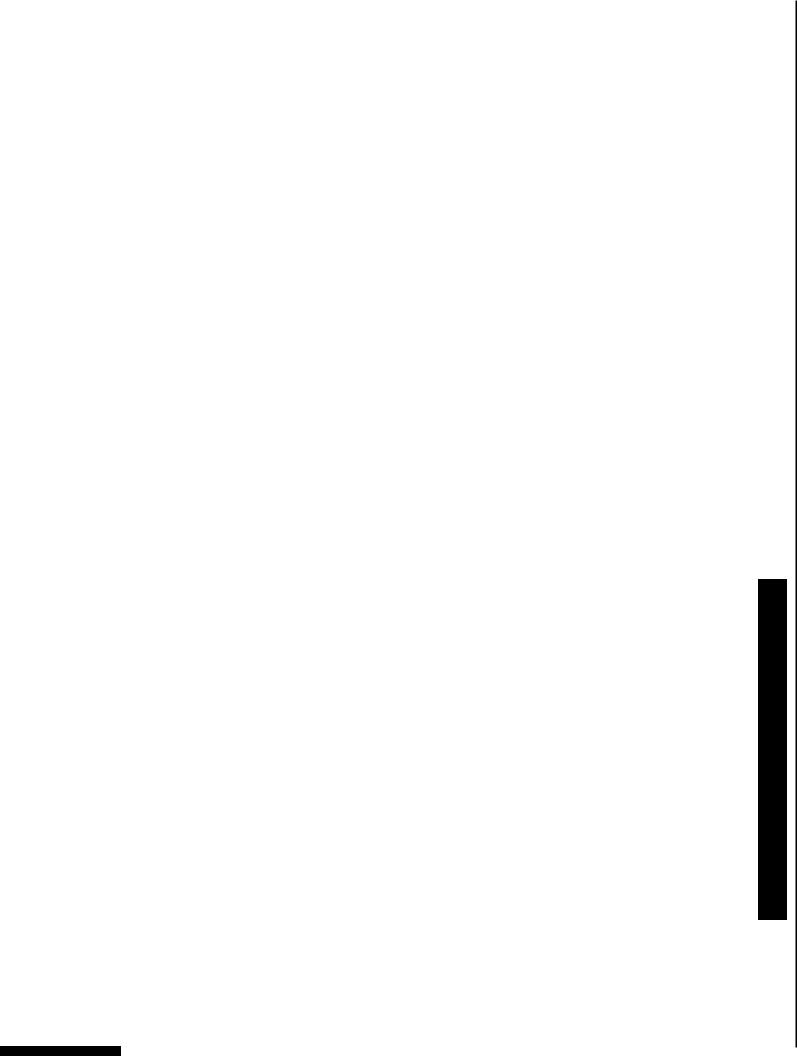
~~ifr~~~~-------------------...~
Critical Discourse Analysis 355 |
|
|
|
|
|
|
|
(more or less) power if they are able to (more or less) control the acts and minds of |
|
|
|
(members of) other groups. This ability presupposes a power base of privileged access |
|
|
|
to scarce social resources, such as force, money, status, fame, knowledge, informa- |
|
|
|
tion, "culture," or indeed various forms of public discourse and communication (of |
|
|
|
the vast literature on power, see, e.g., Lukes 1986; Wrong 1979). |
|
|
|
|
|
||
Different types of power may be distinguished according to the various resources |
|
|
|
employed to exercise such power: the coercive power of the military and of violent |
|
|
|
men will rather be based on force, the rich will .have power because of their money, |
|
|
|
whereas the more or less persuasive power of parents, professors, or journalists may |
|
|
|
be based on knowledge, information, or authority. Note also that power is seldom |
|
|
|
absolute. Groups may more or less control other groups, or only control them in spe- |
|
|
|
|
|
||
cific situations or social domains. Moreover, dominated groups may more or less resist, |
|
|
|
accept, condone, comply with, or legitimate such power, and even find it "natural." |
|
|
|
The power of dominant groups may be integrated in laws, rules, norms, habits, |
;i |
||
|
|
||
and even a quite general consensus, and thus take the form of what Gramsci called |
|
|
|
"hegemony" (Gramsci 1971). Class domination, sexism, and racism are characteristic |
|
|
|
examples of such hegemony. Note also that power is not always exercised in obvi- |
|
|
|
ously abusive acts of dominant group members, but may be enacted in the myriad of |
|
|
|
taken-for-granted actions of everyday life, as is typically the case in the many forms |
|
|
|
of everyday sexism or racism (Essed 1991). Similarly, not all members of a powerful |
|
|
|
group are always more powerful than all members of dominated groups: power is |
|
|
|
only defined here for groups as a whole. |
|
|
|
For our analysis of the relations between discourse and power, thus, we first find |
|
|
|
|
|
||
that access to specific forms of discourse, e.g. those of politics, the media, or science, |
|
|
|
is itself a power resource. Secondly, as suggested earlier, action is controlled by our |
|
|
|
minds. So, if we are able to influence people's minds, e.g. their knowledge or opin- |
|
|
|
ions, we indirectly may control (some of) their actions, as we know from persuasion |
|
|
|
and manipulation. |
|
|
|
Closing the discourse-power circle, finally, this means that those groups who con- |
|
|
|
trol most influential discourse also have more chances to control the minds and |
|
|
|
actions of others. |
|
|
|
Simplifying these very intricate relationships even further for this chapter, we can |
|
|
|
split up the issue of discursive power into two basic questions for CDA research: |
|
|
|
1 How do (more) powerful groups control public discourse? |
|
|
|
2 How does such discourse control mind and action of (less) powerful groups, and |
|
|
|
what are the social consequences of such control, such as social inequality? |
|
|
|
I address each question below.2 |
|
|
|
1.2 .1 Control of public discourse
We have seen that among many other resources that define the power base of a group or institution, access to or control over public discourse and communication is an important "symbolic" resource, as is the case for knowledge and information (van Dijk 1996). Most people have active control only over everyday talk with family members, friends, or colleagues, and passive control over, e.g. media usage. In many
': ~-<;..:
'\f.~.
...-!.,~~-,.:,
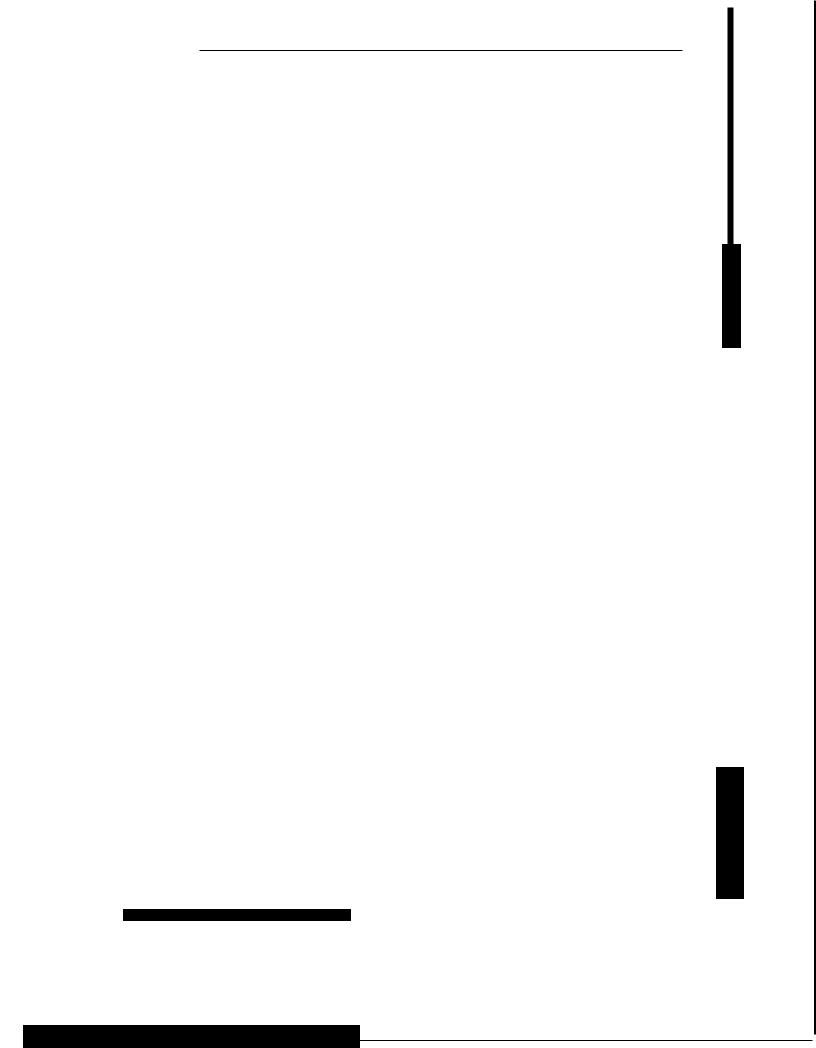
-------------------- . ---- i
356 Teun A. van Dijk
situations, ordinary people are more or less passive targets of text or talk, e.g. of their bosses or teachers, or of the authorities, such as police officers, judges, welfare bureaucrats, or tax inspectors, who may simply tell them what (not) to believe or what to do.
On the other hand, members of more powerful social groups and institutions, and especially their leaders (the elites), have more or less exclusive access to, and control over, one or more types of public discourse. Thus, professors control scholarly discourse, teachers educational discourse, journalists media discourse, lawyers legal discourse, and politicians policy and other public political discourse. Those who have more control over more - and more influential - discourse (and more discourse properties) are by that definition also more powerful. In other words, we here propose a discursive definition (as well as a practical diagnostic) of one of the crucial constituents of social power.
These notions of discourse access and control are very general, and it is one of the tasks of CDA to spell out these forms of power. Thus, if discourse is defined in terms of complex communicative events, access and control may be defined both for the context and for the structures of text and talk themselves.
Context is defined as the mentally represented structure of those properties of the |
|
|
social situation that are relevant for the production or comprehension of discourse |
|
|
(Duranti and Goodwin 1992; van Dijk 1998b). It consists of such categories as the |
- I1 |
|
overall definition of the situation, setting (time, place), ongoing actions (including |
||
discourses and discourse genres), participants in various communicative, social, or |
||
institutional roles, as well as their mental representations: goals, knowledge, opin- |
|
|
ions, attitudes, and ideologies. Controlling context involves· control over one or more |
|
|
of these categories, e.g. determining the definition of the communicative situation, |
|
|
deciding on time and place of the communicative event, or on which particip- |
|
|
ants may or must be present, and in which roles, or what knowledge or opinions |
|
|
they should (not) have, and which social actions may or must be accomplished by |
|
|
discourse. |
|
|
Also crucial in the enactment or exercise of group power is control not only over |
|
|
content, but over the structures of text and talk. Relating text and context, thus, we |
|
|
already saw that (members of) powerful groups may decide on the (possible) dis- |
|
|
course genre(s) or speech acts of an occasion. A teacher or judge may require a direct |
|
|
answer from a student or suspect, respectively, and not a personal story or an argu- |
|
|
ment (Wodak 1984a, 1986). More critically, we may examine how powerful speakers |
|
|
may abuse their power in such situations, e.g. when police officers use force to get a |
|
|
confession from a suspect (Linell and Jonsson 1991), or when male editors exclude |
|
|
women from writing economic news (van Zoonen 1994). |
|
|
Similarly, genres typically have conventional schemas consisting of various categor- |
|
|
ies. Access to some of these may be prohibited or obligatory, e.g. some greetings in a |
|
|
conversation may only be used by speakers of a specific social group, rank, age, or |
|
|
gender (Irvine 1974). |
· |
|
Also vital for all discourse and communication is who controls the topics (semantic macrostructures) and topic change, as when editors decide what news topics will be covered (Gans 1979; van Dijk 1988a, 1988b), professors decide what topics will be dealt with in class, or men control topics and topic change in conversations with women (Palmer 1989; Fishman 1983; Leet-Pellegrini 1980; Lindegren-Lerman 1983).
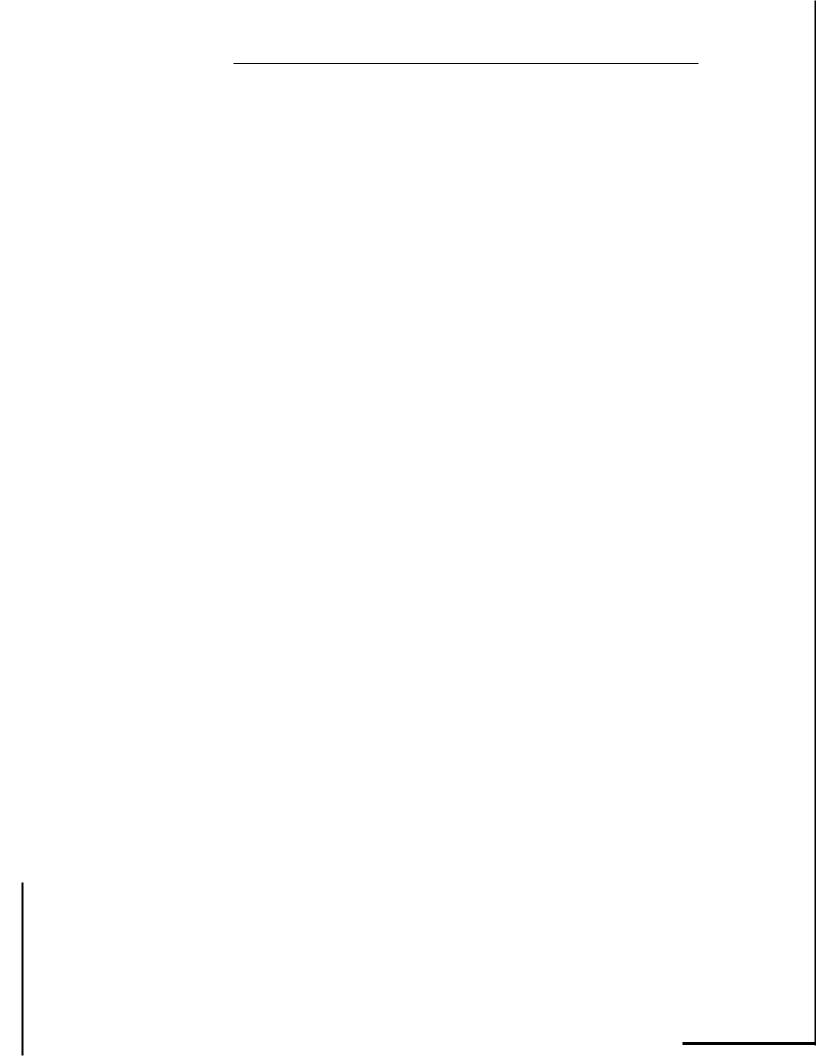
Critical Discourse Analysis 357
Although most discourse control is contextual or global, even local details of meaning, form, or style may be controlled, e.g. the details of an answer in class or court, or choice of lexical items or jargon in courtrooms, classrooms or newsrooms (Martin Rojo 1994). In many situations, volume may be controlled and speakers ordered to "keep their voice down" or to "keep quiet," women may be "silenced" in many ways (Houston and Kramarae 1991), and in some cultures one needs to "mumble" as a form of respect (Albert 1972). The public use of specific words may be banned as subversive in a dictatorship, and discursive challenges to eulturally dominant groups (e.g. white, western males) by their multicultural opponents may be ridiculed in the media as "politically correct" (Williams 1995). And finally, action and interaction dimensions of discourse may be controlled by prescribing or proscribing specific speech acts, and by selectively distributing or interrupting turns (see also Diamond 1996).
In sum, virtually all levels and structures of context, text, and talk can in principle be more or less controlled by powerful speakers, and such power may be abused at the expense of other participants. It should, however, be stressed that talk and text do not always and directly enact or embody the overall power relations between groups: it is always the context that may interfere with, reinforce, or otherwise transform such relationships.
1.2 .2 Mind control
If controlling discourse is a first major form of power, controlling people's minds is the other fundamental way to reproduce dominance and hegemony.3 Within a CDA framework, "mind control" involves even more than just acquiring beliefs about the world through discourse and communication. Suggested below are ways that power and dominance are involved in mind control.
First, recipients tend to accept beliefs, knowledge, and opinions (unless they are inconsistent with their personal beliefs and experiences) through discourse from what they see as authoritative, trustworthy, or credible sources, such as scholars, experts, professionals, or reliable media (Nesler et al. 1993). Second, in some situations participants are obliged to be recipients of discourse, e.g. in education and in many job situations. Lessons, learning materials, job instructions, and other discourse types in such cases may need to be attended to, interpreted, and learned as intended by institutional or organizational authors (Giroux 1981). Third, in many situations there are no pubic discourses or media that may provide information from which alternative beliefs may be derived (Downing 1984). Fourth, and closely related to the previous points, recipients may not have the knowledge and beliefs needed to challenge the discourses or information they are exposed to (Wodak 1987).
Whereas these conditions of mind control are largely contextual (they say something about the participants of a communicative event), other conditions are discurs- ive, that is, a function of the structures and strategies of text or talk itself. In other words, given a specific context, certain meanings and forms of discourse have more influence on people's minds than others, as the very notion of "persuasion" and a tradition of 2000 years of rhetoric may show.4
Once we have elementary insight into some of the structures of the mind, and what it means to control it, the crucial question is how discourse and its structures are able
4~~~;
,';;,&B·.·,·..
';~,
....J;· ~~'~..- --------~~~~~
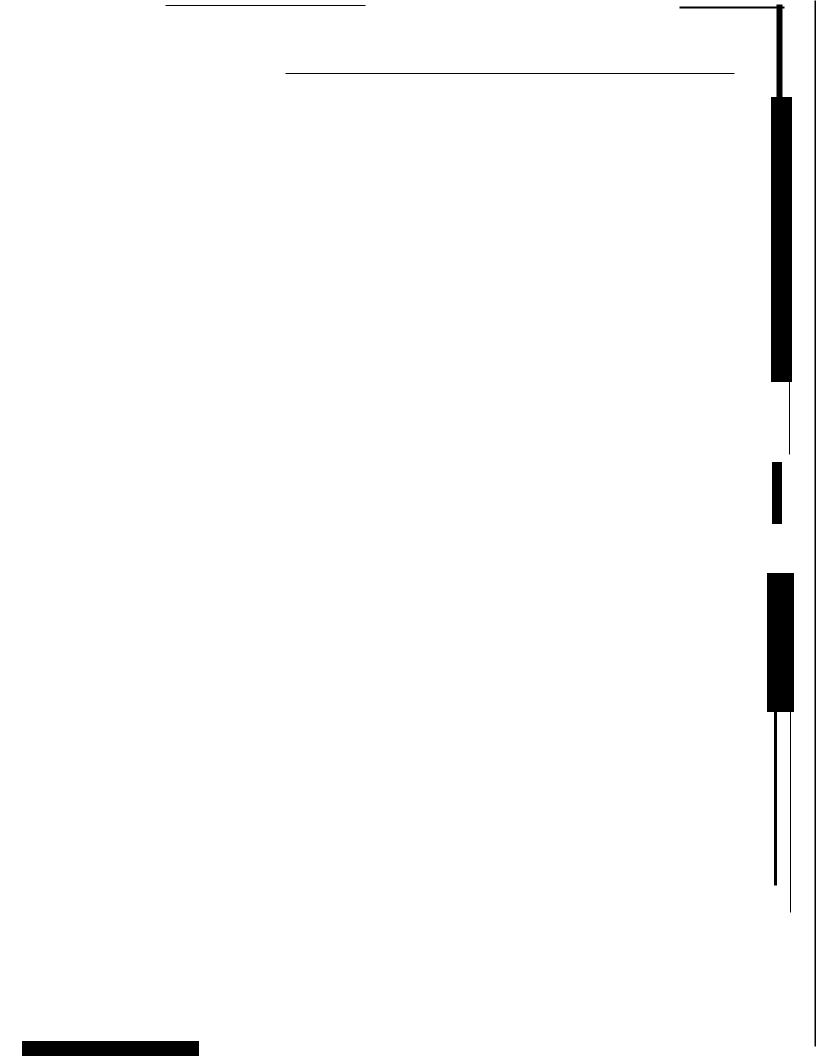
358 Teun A. van Dijk
to exercise such control. As suggested above, such discursive influence may be due to context as well as to the structures of text and talk themselves.
Contextually based control derives from the fact that people understand and represent not only text and talk, but also the whole communicative situation. Thus, CDA typically studies how context features (such as the properties of language users of powerful groups) influence the ways members of dominated groups define the communicative situation in "preferred context models" (Martin Rojo and van Dijk 1997).
CDA also focuses on how discourse structures influence mental representations. At the global level of discourse, topics may influence what people see as the most important information of text or talk, and thus correspond to the top levels of their mental models. For example, expressing such a topic in a headline in news may powerfully influence how an event is defined in terms of a "preferred" mental model (e.g. when crime committed by minorities is typically topicalized and headlined in the press: Duin et al. 1988; van Dijk 1991). Similarly, argumentation may be persuasive because of the social opinions that are "hidden" in its implicit premises and thus taken for granted by the recipients, e.g. immigration may thus be restricted if it is presupposed in a parliamentary debate that all refugees are "illegal" (see the contributions in Wodak and van Dijk 2000) Likewise, at the local level, in order to understand discourse meaning and coherence, people may need models featuring beliefs that remain implicit (presupposed) in discourse. Thus, a typical feature of manipulation is to communicate beliefs implicitly, that is, without actually asserting them, and with less chance that they will be challenged.
These few examples show how various types of discourse structure may influence the formation and change of mental models and social representations. If dominant groups, and especially their elites, largely control public discourse and its structures, they thus also have more control over the minds of the public at large. However, such control has its limits. The complexity of comprehension, and the formation and change of beliefs, are such that one cannot always predict which features of a specific text or
talk will have which effects on the minds of specific recipients. |
-..· |
|
|
These brief remarks have provided us with a very general picture of how discourse |
|
is involved in dominance (power abuse) and in the production and reproduction of |
|
social inequality. It is the aim of CDA to examine these relationships in more detail. |
|
In the next section, we review several areas of CDA research in which these relation- |
|
ships are investigated.5 |
|
2 Research in Critical Discourse Analysis
Although most discourse studies dealing with any aspect of power, domination, and social ilJequality have not been explicitly conducted under the label of CDA, we shall nevertheless refer to some of tl:tese studies below.
2.1 Gender inequality
One vast field of critical research on discourse and language that thus far has not been carried out within a CDA perspective is that of gender. In many ways, feminist
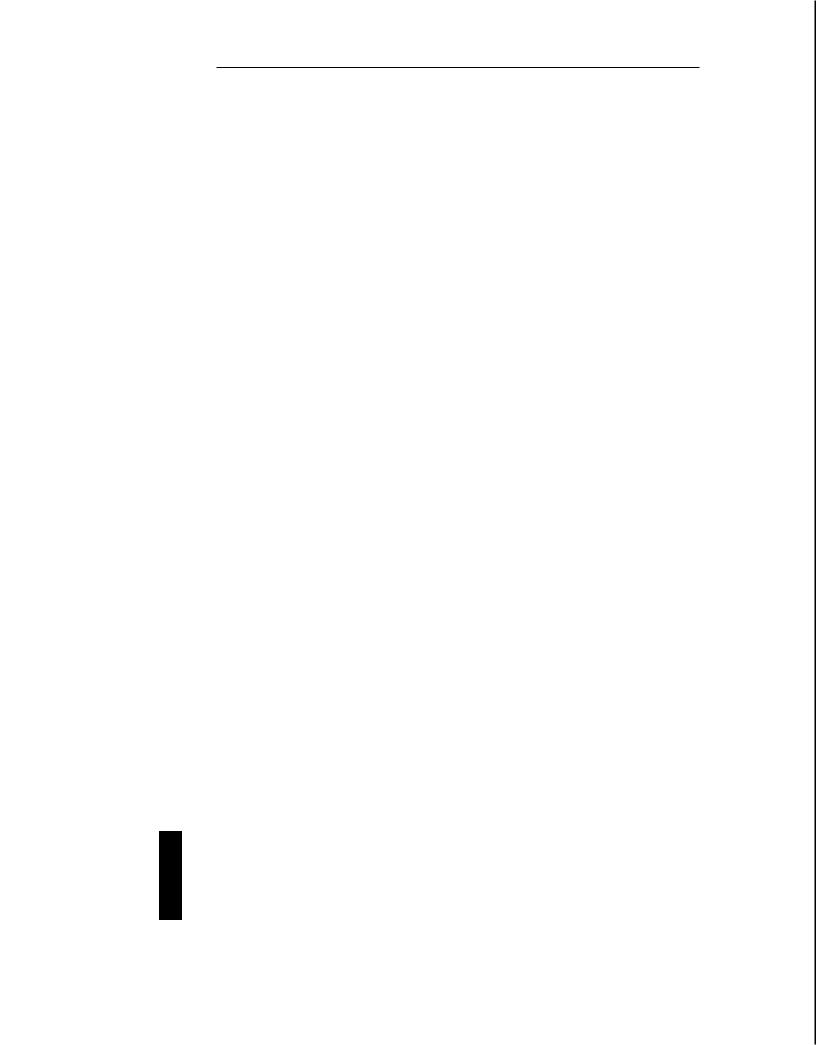
Critical Discourse Analysis 359
work has become paradigmatic for much discourse analysis, especially since much of this work explicitly deals with social inequality and domination. We will not review it here; see Kendall and Tannen, this volume; also the books authored and edited by, e.g., Cameron (1990, 1992); Kotthoff and Wodak (1997); Seidel (1988); Thorne et al. (1983); Wodak (1997); for discussion and comparison with an approach that emphasizes cultural differences rather than power differences and inequality, see, e.g., Tannen (1994a); see also Tannen (1994) for an analysis of gender differences at work, in which many of the properties of discursive dominance are dealt with.
2.2 Media discourse
The undeniable power of the media has inspired many critical studies in many disciplines: linguistics, semiotics, pragmatics, and discourse studies. Traditional, often content analytical approaches in critical media studies have revealed biased, stereotypical, sexist or racist images in texts, illustrations, and photos. Early studies of media language similarly focused on easily observable surface structures, such as the biased or partisan use of words in the description of Us and Them (and Our/Their actions and characteristics), especially along sociopolitical lines in the representation of communists. The critical tone was set by a series of "Bad News" studies by the Glasgow University Media Group (1976, 1980, 1982, 1985, 1993) on features of TV reporting, such as in the coverage of various issues (e.g. industrial disputes (strikes), the Falklands (Malvinas) war, the media coverage of AIDS.)
Perhaps best known outside of discourse studies is the media research carried out by Stuart Hall and his associates within the framework of the cultural studies paradigm. (See, e.g., Hall et al. 1980; for introduction to the critical work of cultural studies, see Agger 1992a; see also Collins et al. 1986; for earlier critical approaches to the analysis of media images, see also Davis and Walton 1983; and for a later CDA approach to media studies that is related to the critical approach of cultural studies, see Fairclough 1995b. See also Cotter, this volume.)
An early collection of work of Roger Fowler and his associates (Fowler et al. 1979) also focused on the media. As with many other English and Australian studies in this paradigm, the theoretical framework of Halliday's functional-systemic grammar is used in a study of the "transitivity" of syntactic patterns of sentences (see Martin, this volume). The point of such research is that events and actions may be described with syntactic variations that are a function of the underlying involvement of actors (e.g. their agency, responsibility, and perspective). Thus, in an analysis of the media accounts of the "riots" during a minority festival, the responsibility of the authorities and especially of the police in such violence may be systematically de-emphasized by defocusing, e.g. by passive constructions and nominalizations; that is, by leaving agency and responsibility implicit. Fowler's later critical studies of the media continue this tradition, but also pay tribute to the British cultural studies paradigm that defines news not as a reflection of reality, but as a product shaped by political,
,,economic, and cultural forces (Fowler 1991). More than in much other critical work on the media, he also focuses on the linguistic "tools" for such a critical study, such as the analysis of transitivity in syntax, lexical structure, modality, and speech acts. Similarly van Dijk (1988b) applies a theory of news discourse (van Dijk 1988a) in
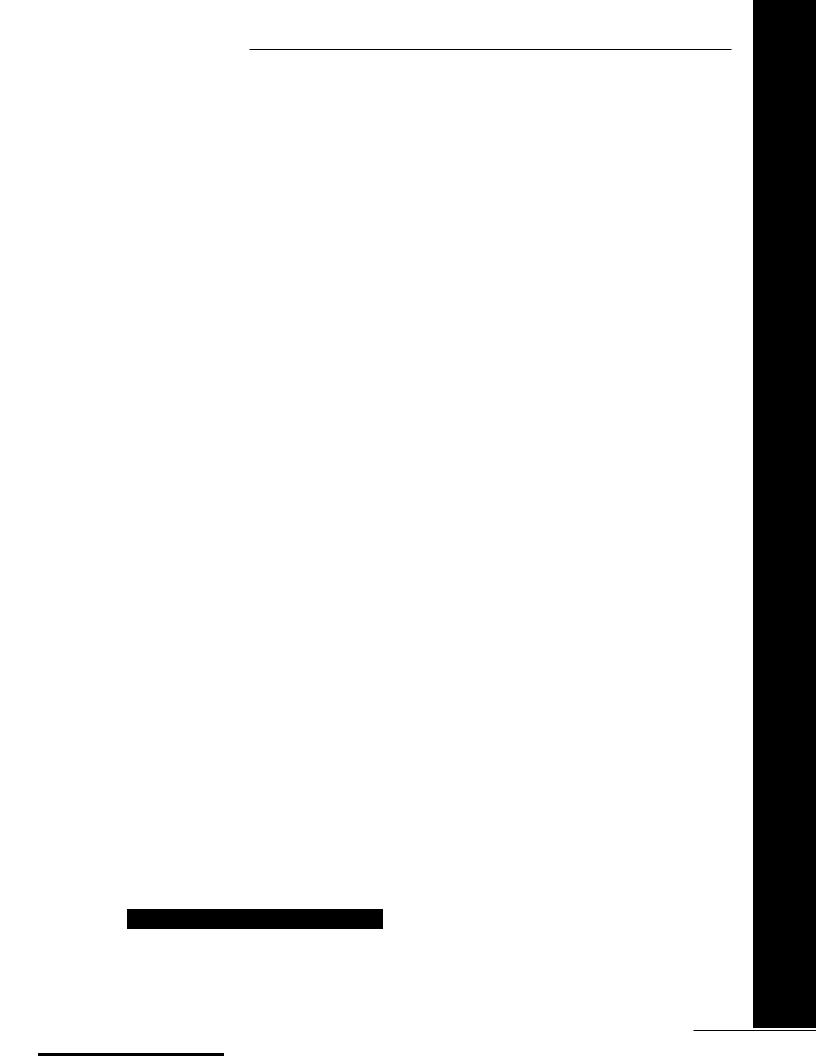
360 Teun A. van Dijk
critical studies of international news, racism in the press, and the coverage of squatters in Amsterdam.
2.3Political discourse
Given the role of political discourse in the enactment, reproduction, and legitimization of power and domination, we may also expect many critical discourse studies of political text and talk (see Wilson, this volume). So far most of this work has been carried out by linguists and discourse analysts, because political science is among the few social disciplines in which discourse analysis has remained virtually unknown, although there is some influence of "postmodern" approaches to discourse (Derian and Shapiro 1989; Fox and Miller 1995), and many studies of political communication and rhetoric overlap with a discourse analytical approach (Nimmo and Sanders 1981). Still closer to discourse analysis is the current approach to "frames" (conceptual structures or sets of beliefs that organize political thought, policies, and discourse) in the analysis of political text and talk (Gamson 1992).
In linguistics, pragmatics, and discourse studies, political discourse has received attention outside the more theoretical mainstream. Seminal work comes from Paul Chilton; see, e.g., his collection on the language of the nuclear arms debate (Chilton 1985), as well as later work on contemporary nukespeak (Chilton 1988) and metaphor (Chilton 1996; Chilton and Lakoff 1995).
Although studies of political discourse in English are internationally best known because of the hegemony of English, much work has been done (often earlier, and often more systematic and explicit) in German, Spanish, and French. This work is too extensive to even begin to review here beyond naming a few influential studies.
Germany has a long tradition of political discourse analysis, both (then) in the West (e.g. about Bonn's politicians by Zimmermann 1969), as well as in the former East (e.g. the semiotic-materialist theory of Klaus 1971) (see also the introduction by Bachem 1979). This tradition in Germany witnessed a study of the language of war and peace (Pasierbsky 1983) and of speech acts in political discourse (Holly 1990). There is also a strong tradition of studying fascist language and discourse (e.g. the lexicon, propaganda, media, and language politics; Ehlich 1989).
In France, the study of political language has a respectable tradition in linguistics and discourse analysis, also because the barrier between (mostly structuralist) linguistic theory and text analysis was never very pronounced. Discourse studies are often corpus-based and there has been a strong tendency toward formal, quantitative, and automatic (content) analysis of such big datasets, often combined with critical ideological analysis {Pecheux 1969, 1982; Guespin 1976). The emphasis on automated analysis usually implies a focus on (easily quantifiable) lexical analyses (see Stubbs, this volume).
Critical political discourse studies in Spain and especially also in Latin America has been very productive. Famous is the early critical semiotic (anticolonialist) study of Donald Duck by Dorfman and Mattelart (1972) in Chile. Lavandera et al. (1986, 1987) in Argentina take an influential sociolinguistic approach to political discourse, e.g. its typology of authoritarian discourse. Work of this group has been continued and organized in a more explicit CDA framework especially by Pardo (see, e.g., her work
